
Windows Azure programming patterns for Start-ups
¥80.65
This book follows a step-by-step approach with clear transparent instructions, screenshots and code samples. This book is intended for Microsoft .NET developers who want to leverage the power of cloud and build a brand new service from scratch; it assumes a basic understanding of the .NET framework and C#.
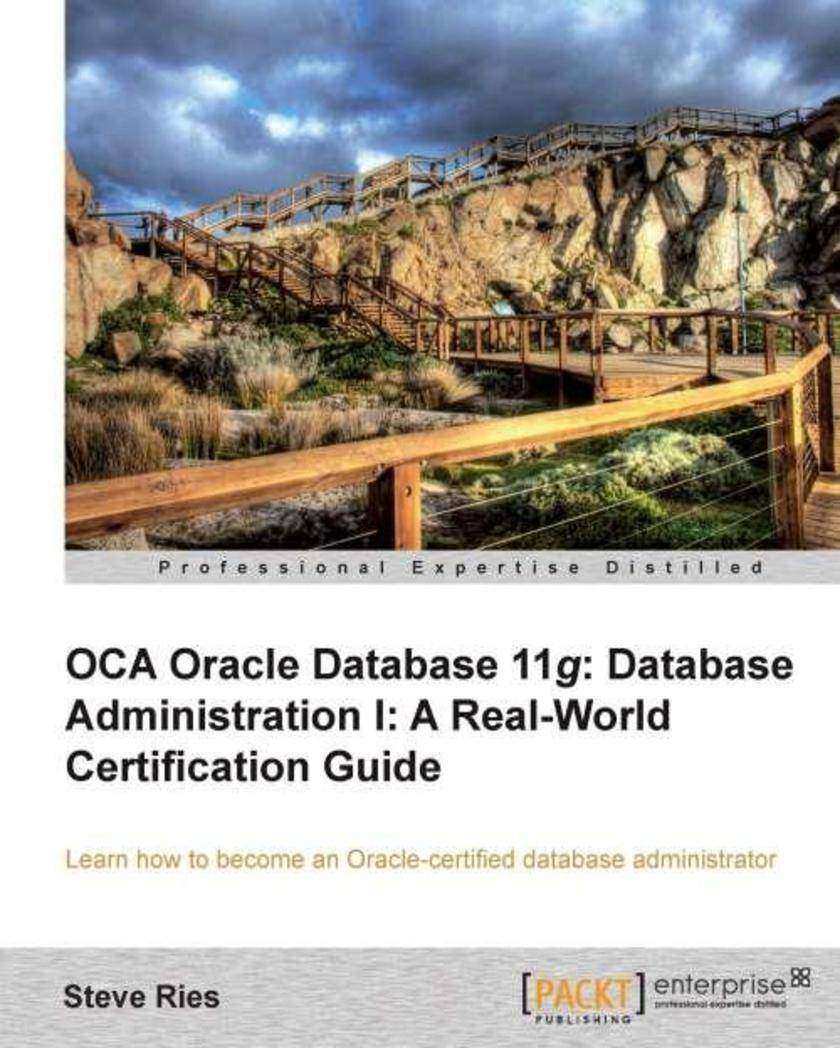
OCA Oracle Database 11g Administration I Certification Guide
¥107.90
Developed as a practical book, "Oracle Database 11g Administration I Certification Guide" will show you all you need to know to effectively excel at being an Oracle DBA, for both examinations and the real world. This book is for anyone who needs the essential skills to become an Oracle DBA, pass the Oracle Database Administration I exam, and use those skills in the real world to manage secure, high performance, and highly available Oracle databases.
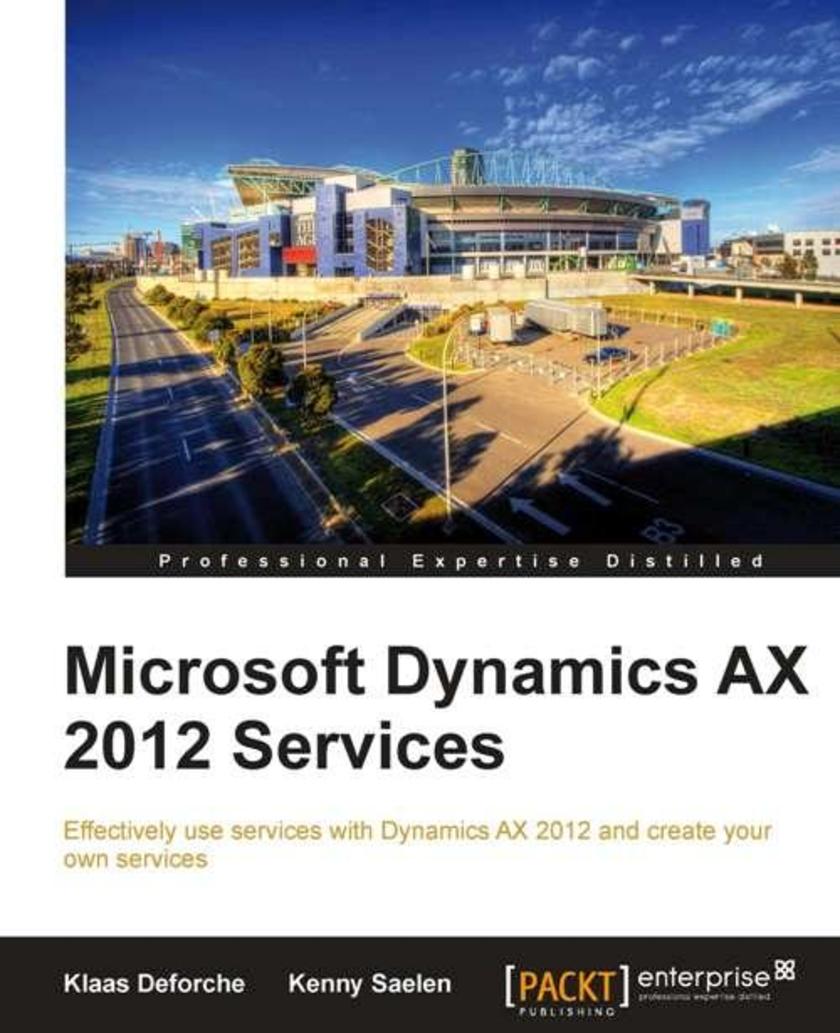
Microsoft Dynamics AX 2012 Services
¥63.21
It's a tutorial guide that provides all the knowledge needed to implement services with Microsoft Dynamics AX 2012. This book is aimed at Dynamics AX developers, both new and experienced with services and Microsoft Dynamics AX 2012. A basic understanding of MorphX and X++ is assumed, but the step-by-step instructions are easy to follow even for beginners. Some examples use C#.NET, so experience with Visual Studio is a plus but not a must.
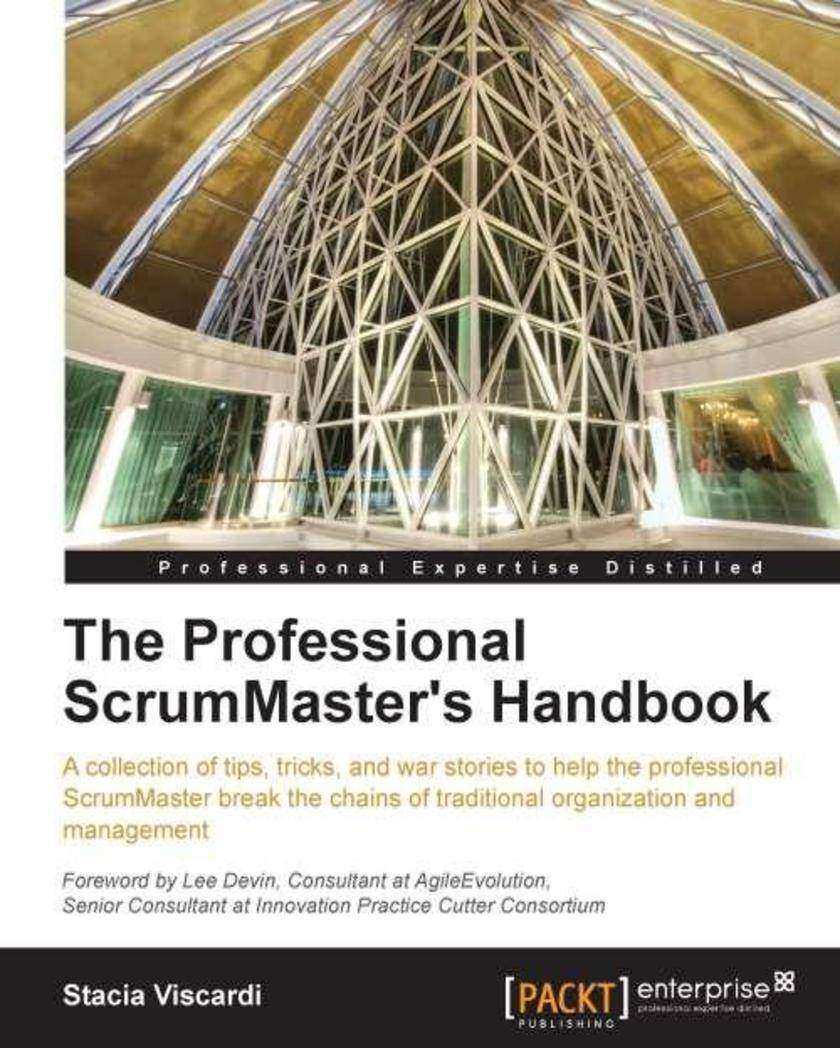
The Professional ScrumMaster's Handbook
¥90.46
Focusing on the ScrumMaster role and responsibilities, this book presents solutions and ideas for common problems, improving the overall methodology of a ScrumMaster's approach. The Professional ScrumMaster’s Handbook is for anybody who wishes to be a true ScrumMaster as the role was originally intended - a fearless, professional, change facilitator. This book extends your working knowledge of Scrum to explore other avenues and ways of thinking to help teams and organizations reach their full potential.

Oracle 11g Anti-hacker's Cookbook
¥99.18
This cookbook has recipes written in simple, easy to understand format with lots of screenshots and insightful tips and hints. If you are an Oracle Database Administrator, Security Manager or Security Auditor looking to secure the Oracle Database or prevent it from being hacked, then this book is for you. This book assumes you have a basic understanding of security concepts.
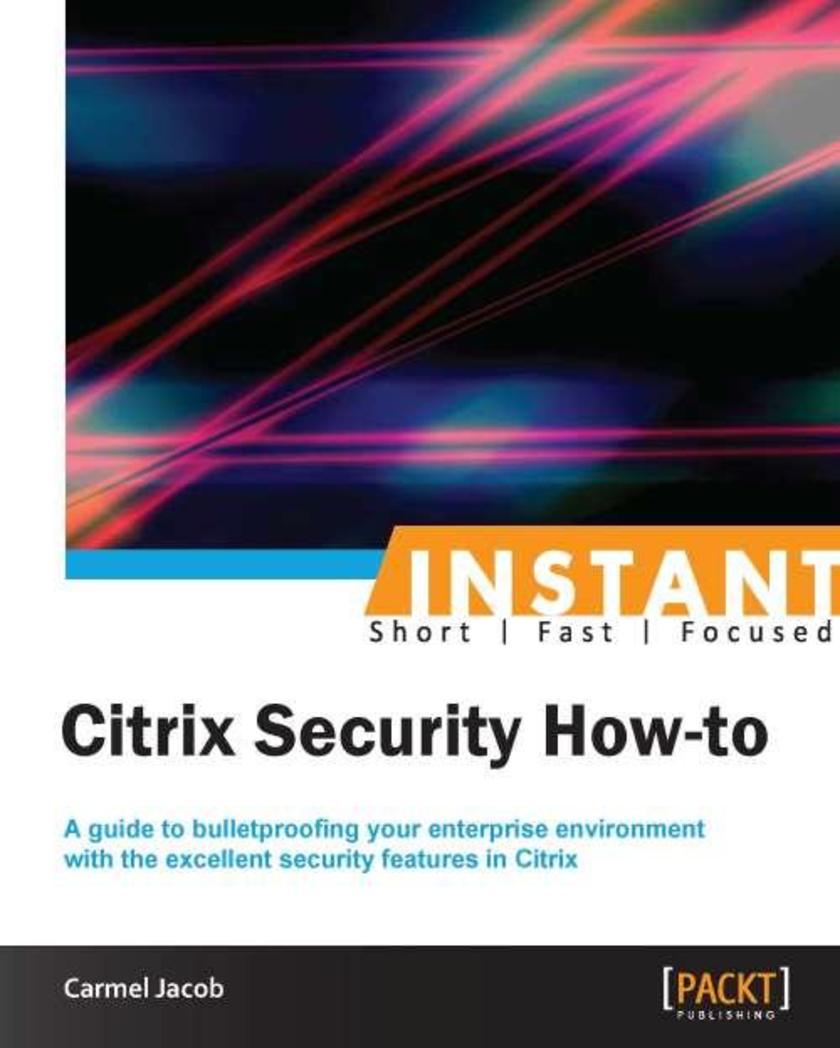
Instant Citrix Security How-to
¥45.77
Filled with practical, step-by-step instructions and clear explanations for the most important and useful tasks. Get the job done and learn as you go. A how-To book with practical recipes accompanied with rich screenshots for easy comprehension.This easy-to-follow, hands-on guide shows you how to bolster your security with real life cases and step-by-step instructions.This guide gets new users up and running with Citrix Netscaler in simple practical steps and also acts as a refresher to those with some experience of the product and its features.
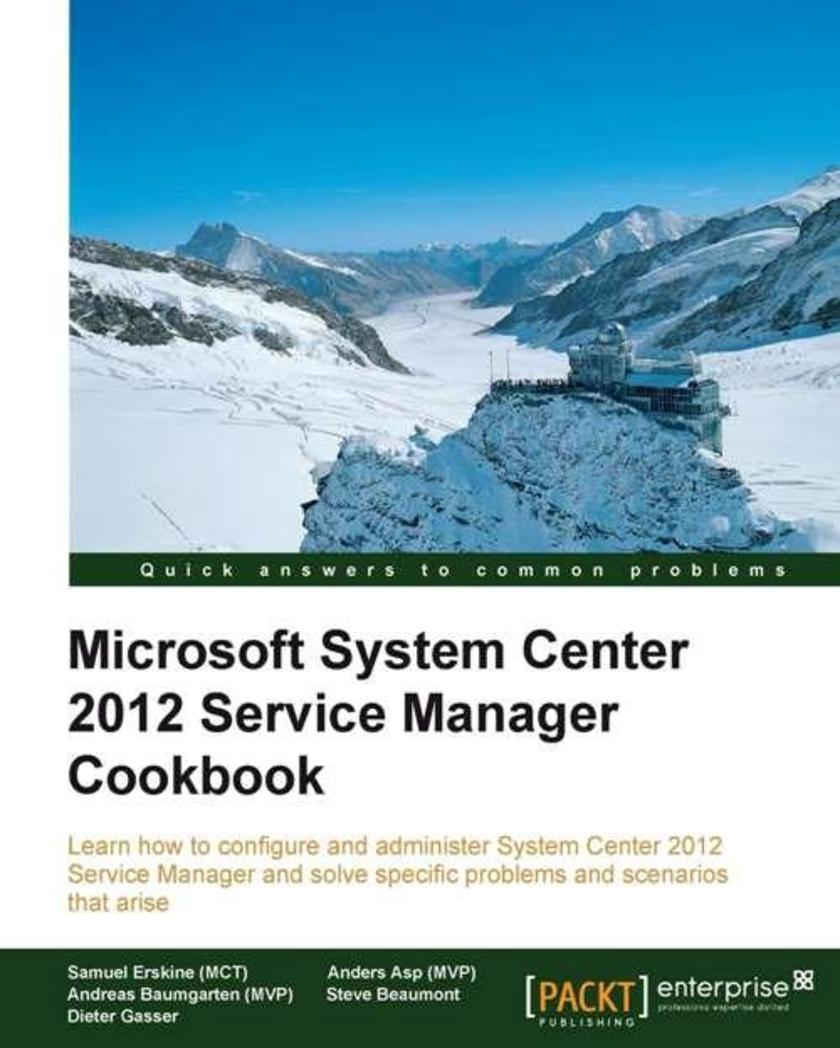
Microsoft System Center Service Manager 2012 Cookbook
¥90.46
This book is written in practical cookbook style and it offers learning through vivid examples and. Each chapter contains step-by-step instructions about everything necessary to execute a particular task. The book is designed so that you can read it from start to end for beginners or just open up any chapter and start following the recipes as a reference for advanced users,This book will be useful to IT professionals including System Center Service Manager administrators who want to configure and administer System Center Service Manager 2012 and understand how to solve specific problems and scenarios that arise while using System Center Service Manager. It will also be useful to users of 2010 in learning new features and capabilities.
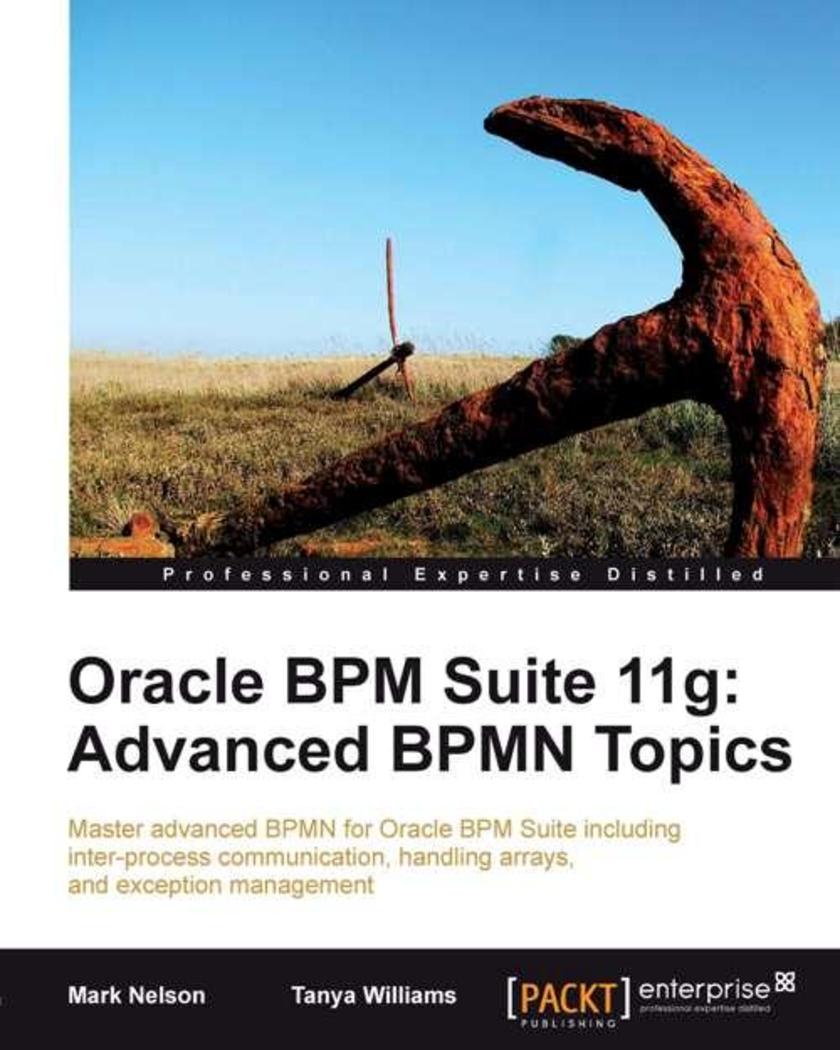
Oracle BPM Suite 11g: Advanced BPMN Topics
¥45.77
"Oracle BPM Suite 11g: Advanced BPMN Topics" is a concise tutorial which treats each topic to both a theoretical and practical approach. If you are a developer or architect working with Oracle BPM Suite 11g, this book is for you. Basic knowledge of BPM Suite and business process management in general is assumed.
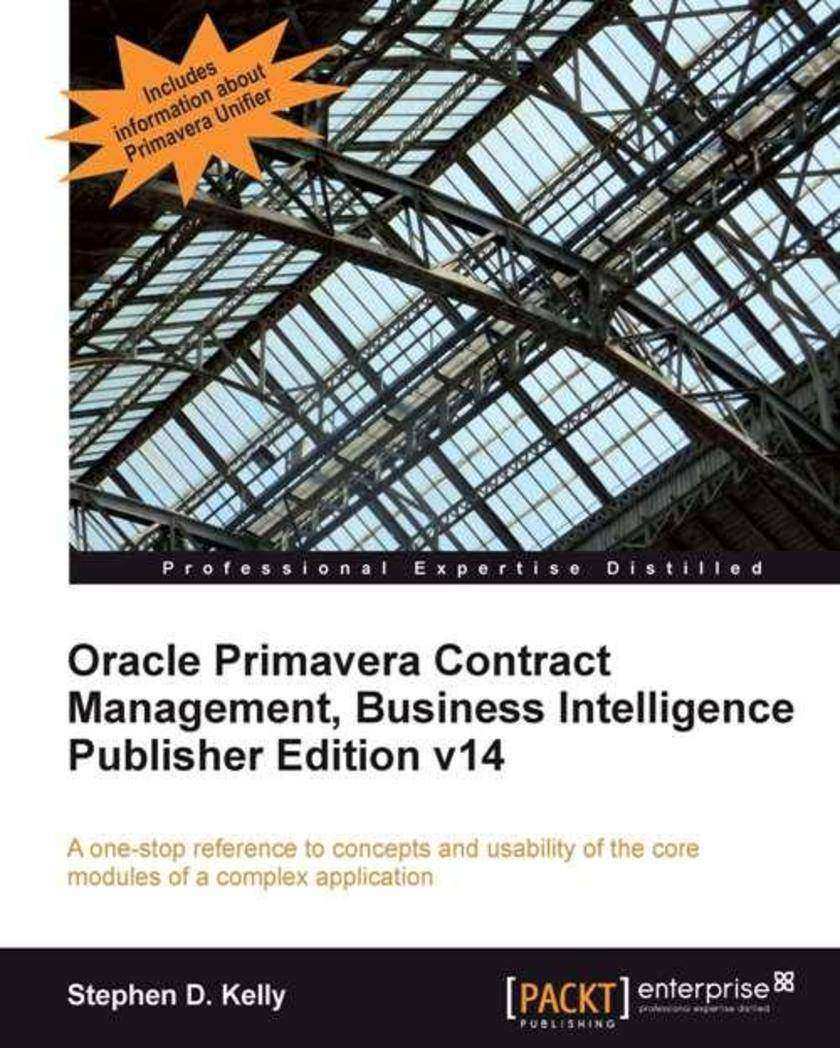
Oracle Primavera Contract Management, Business Intelligence Publisher Edition v1
¥63.21
This book is packed with real world examples that cover concepts and usability of the core modules of a complex application. If you are Project manager or consultant looking forward to using and implementing Oracle Primavera Contract Management in your organization, then this is the best guide for you. No prior knowledge of PCM required.
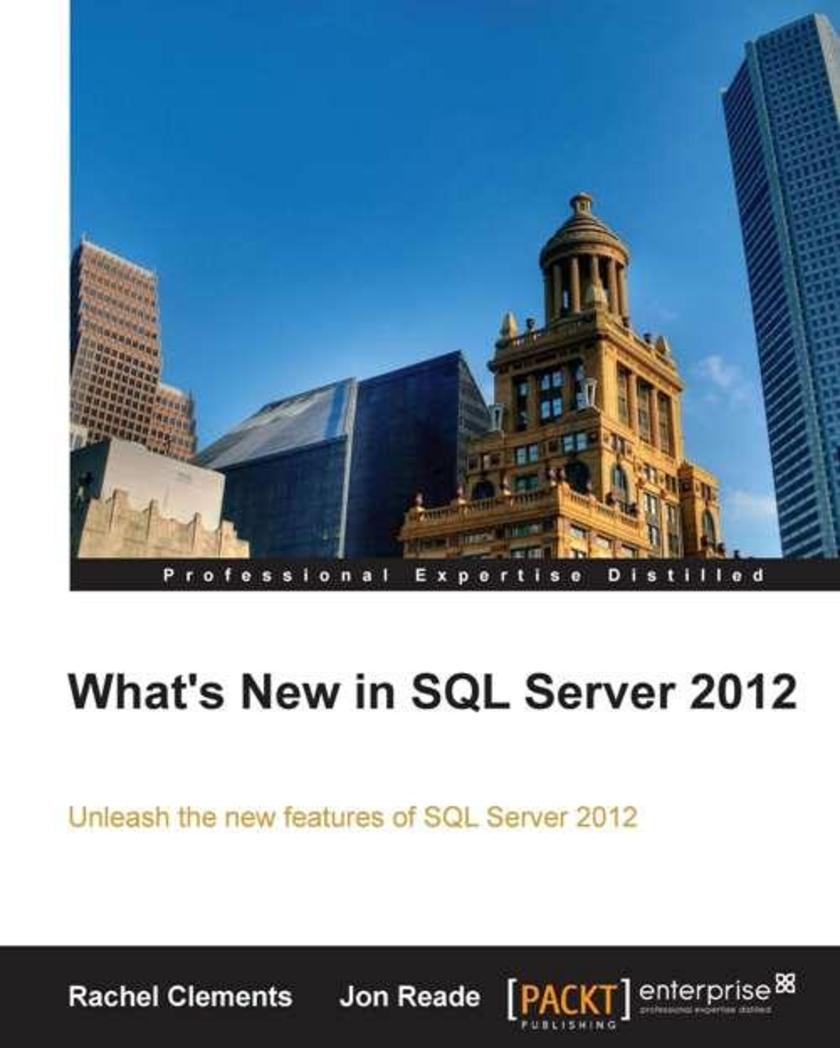
What's new in SQL Server 2012
¥63.21
This is a hands-on book to quickly get you up to speed with SQL Server 2012. It covers all the new features of the core database engine as well as the business intelligence (BI) services.The book begins by taking you step-by-step through the installation process, showing you what to install and which services and features you need. Once you have your SQL Server in place, you learn how to administer it and then explore new T-SQL functions to expand your query-writing toolkit. You will discover how the enhancements to Integration Services, Analysis Services and Reporting Services make developing BI solutions easier. It will then introduce you to SQL Server Data Tools, your new and improved development environment for creating database and BI projects.A hands-on example guides you through the steps required to run Distributed Replay, giving you the experience you need to apply this in the field. The book then takes you through a detailed example to show you how to create a Data Quality Services project and cleanse real-world data. Easy to follow code samples provide you with the queries you need to set up Availability Groups using the new AlwaysOn technology.Once you are comfortable with these new features you will be ready to migrate your data to the cloud and into SQL Azure. An exploration of Hadoop will help you understand big data and how it really is the next big thing,This concise reference is for database administrators, SQL Server Developers and BI professionals. Anyone who is familiar with SQL Server 2008 R2 and needs to make the jump to the latest version with the shortest learning curve will find this book useful.

Windows Phone 7.5 Application Development with F#
¥45.77
A short book with important concepts and instructions. This book is for those who want to find out more about Windows Phone and are familiar with functional programming languages, and in particular, F#. The book assumes that you know how to program using F# as a language. However, the book does take you through a brief introduction to Windows Phone as a platform and F# as a language.

Microsoft Lync 2013 Unified Communications
¥63.21
This is a tutorial guide to gain in-depth knowledge such as realizing projects to migrate traditional telephony to Unified Communications inside an organization. This book is targeted at three audiences: business decision makers, technical advocates, and IT decision makers. As this is also a fundamental book on real time collaboration technology, it is also suitable for anyone who is interested in the future of communications.
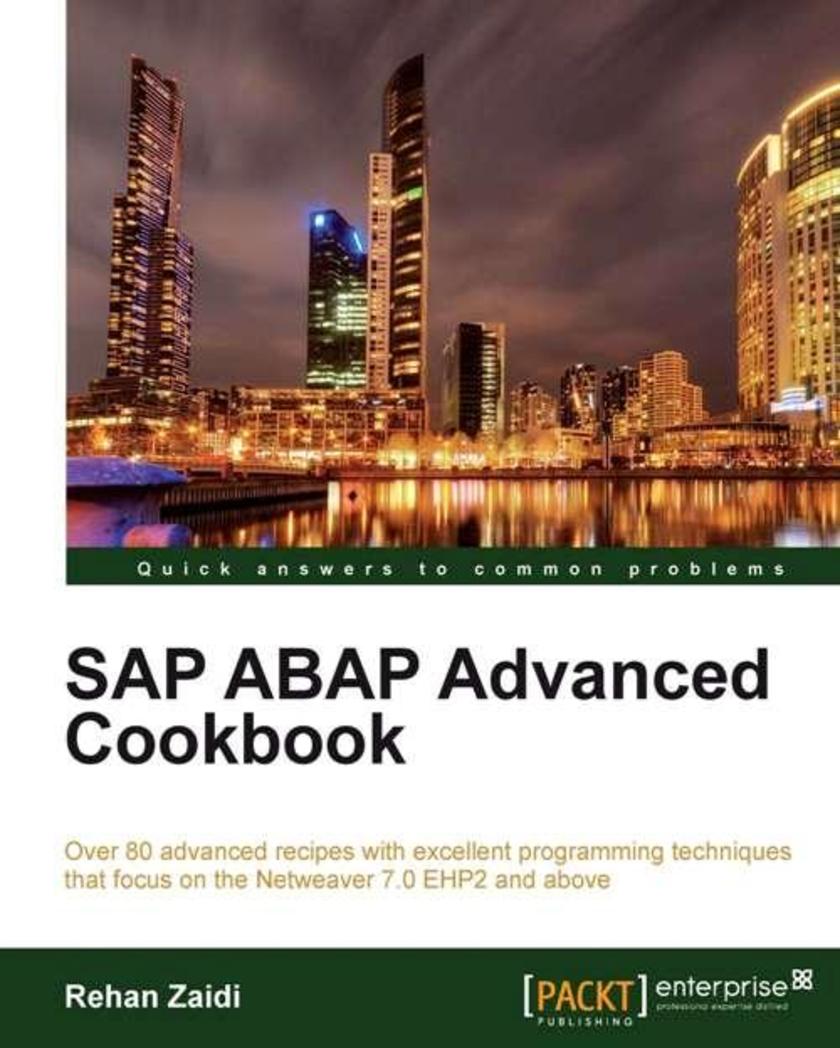
SAP ABAP Advanced cookbook
¥116.62
This book is written in simple, easy to understand format with lots of screenshots and step-by-step explanations. If you are an ABAP developer and consultant looking forward to build advanced SAP programming applications with ABAP, then this is the best guide for you. Basic knowledge of ABAP programming would be required.
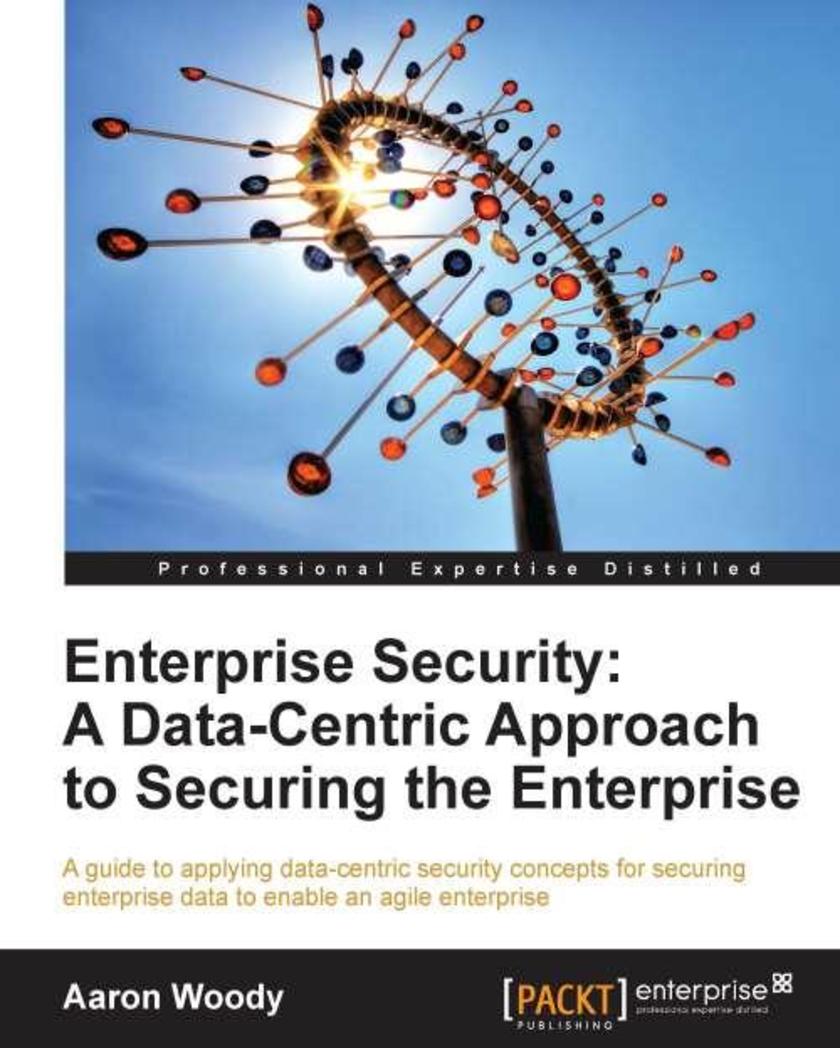
Enterprise Security: A Data-Centric Approach to Securing the Enterprise
¥80.65
It’s a reference guide to enterprise security programs. This book is intended for the IT security staff beginner to expert but would also be a valuable resource for other IT functions such as IT compliance, IT operations, and executives responsible for managing IT and information security. Understanding the principles in this book is important for decision makers as new business models are developed and enterprise security must keep up to reduce risk and secure critical enterprise assets and data.

Microsoft System Center Virtual Machine Manager 2012 Cookbook
¥90.46
This is a Packt Cookbook, full with over 75 recipes for VMM users to carry out vital tasks quickly and easily. This book is written for solutions architects, technical consultants, administrators, and any other virtualization lover who needs to use Microsoft System Center Virtual Machine Manager in a real world environment.
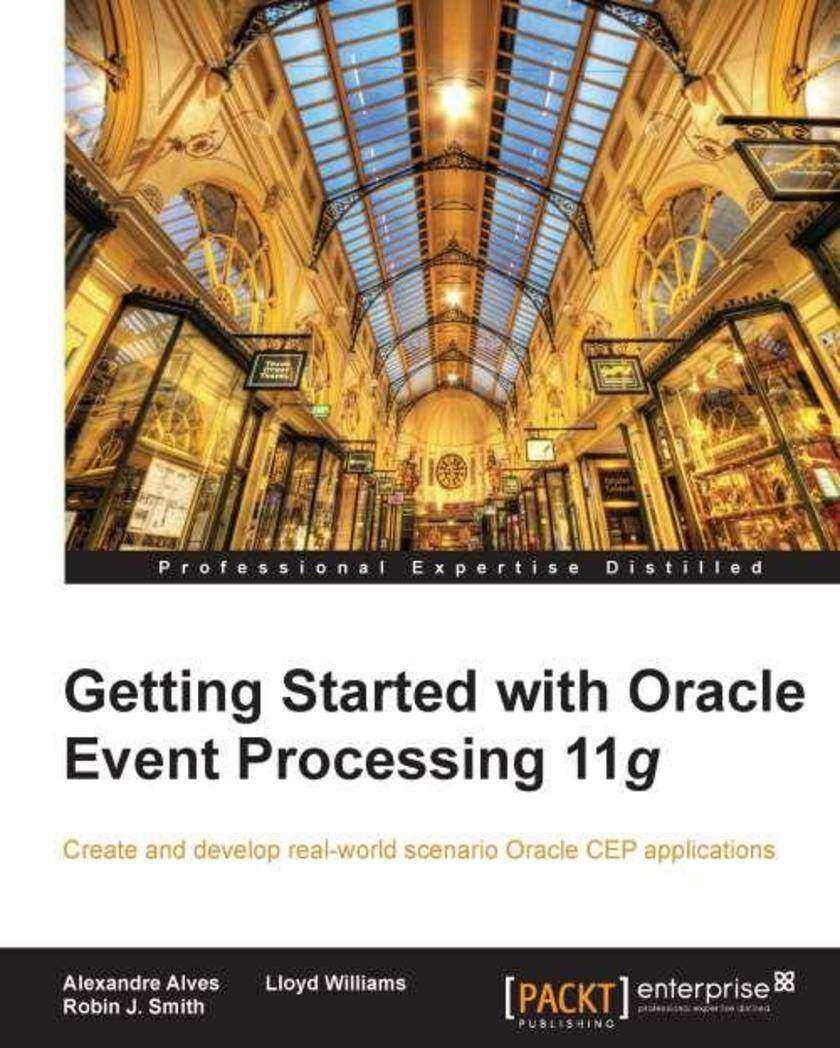
Getting Started with Oracle Event Processing 11g
¥90.46
This getting started book will use practical chapters which follow logical and progressively more complex tasks and examples, which will impart the skills of how to use Oracle Complex Event Processing to the reader. This book is aimed at both those with some knowledge of java and SQL database experience, but it is also written so that if you are completely new to this topic you will understand this new technology domain no matter your background or industry.

Microsoft Dynamics CRM 2011 Applications (MB2-868) Certification Guide
¥107.90
This Certification guide will follow a step-by-step approach to instruct the reader what they need to know to be able to become certified with Microsoft Dynamics CRM 2011. If you will implement Microsoft Dynamics CRM 2011, this book is for you. You should have a working knowledge of Microsoft Windows, Microsoft Internet Explorer, and Microsoft Office.
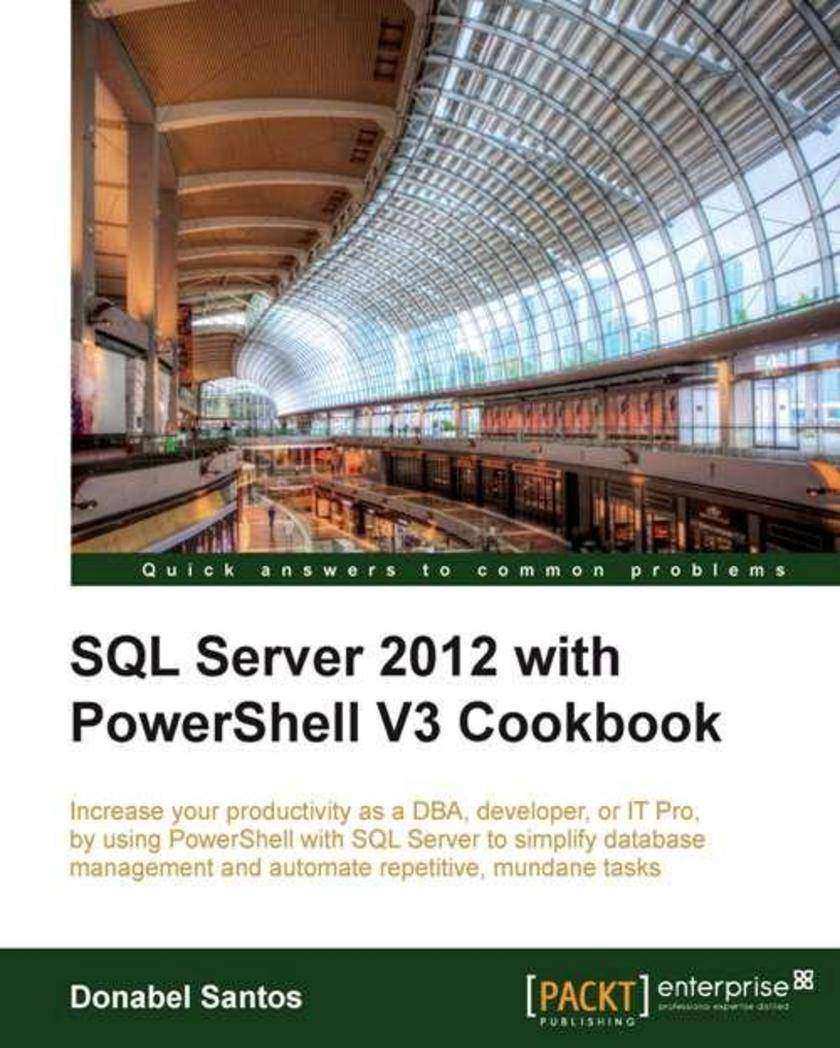
SQL Server 2012 with PowerShell V3 Cookbook
¥107.90
SQL Server 2012 with PowerShell V3 Cookbook" is an example-focused book that provides step-by-step instructions on how to accomplish specific SQL Server tasks using PowerShell. Each recipe is followed by an analysis of the steps or design decisions taken, and additional information about the task at hand. Working *s are provided for all examples so that you can dive in right away. You can read this book sequentially by chapter, or you can pick and choose which topics you need right away,This book is written for the SQL Server database professional (DBA, developer, BI developer) who wants to use PowerShell to automate, integrate, and simplify database tasks. A little bit of *ing background is helpful, but not necessary.
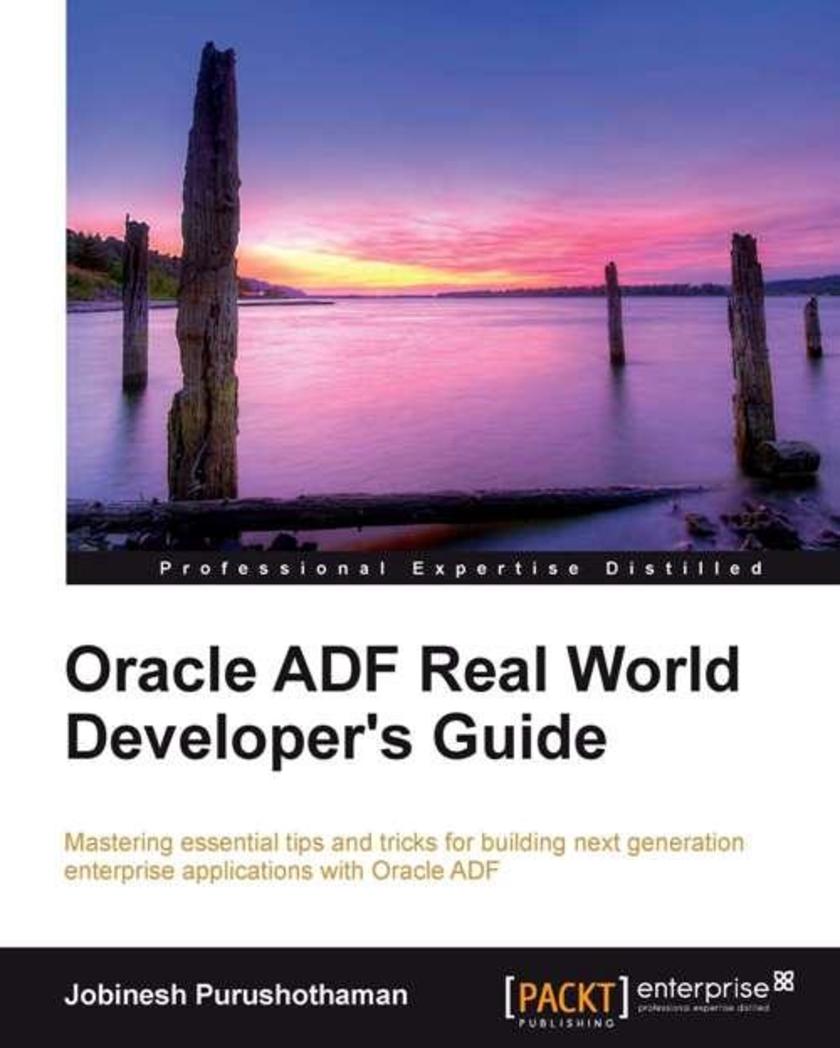
Oracle ADF Real World Developer’s Guide
¥107.90
This book is written in simple, easy to understand format with lots of screenshots and step-by-step explanations,If you are an ADF developer looking forward to building healthy and better performing applications using Oracle ADF, then this is the best guide for you. You need to be proficient with Java and ADF before getting started with this book.
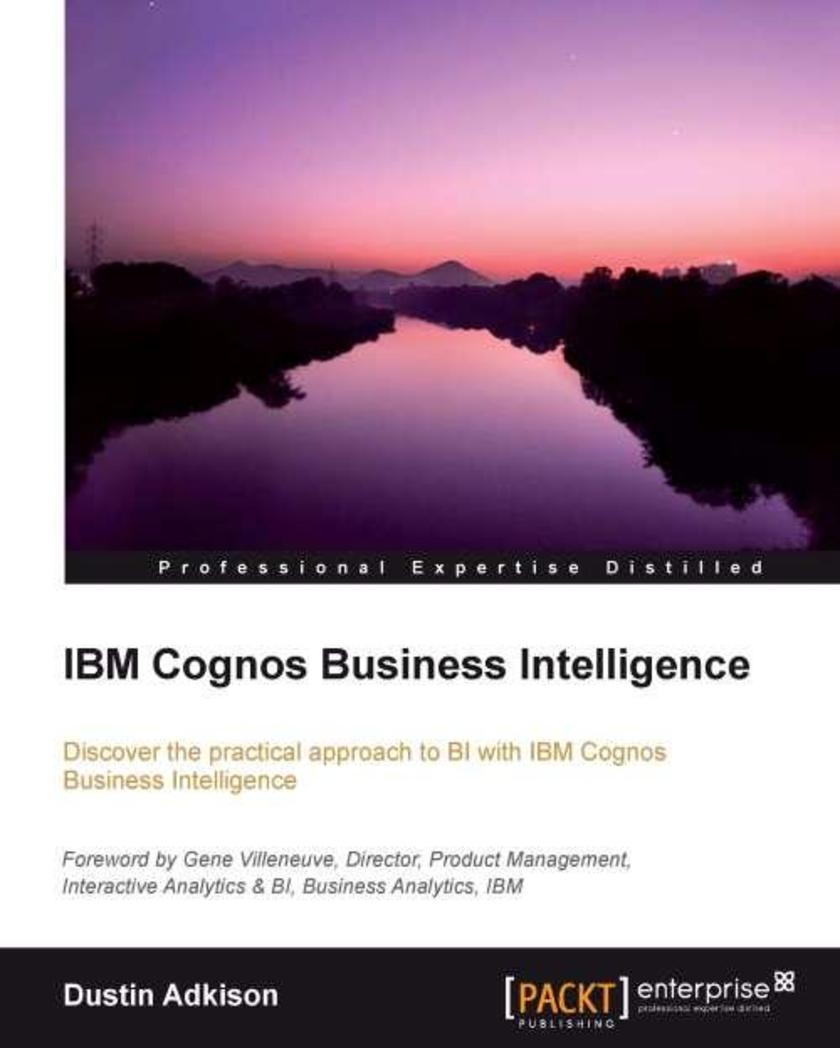
IBM Cognos Business Intelligence
¥116.62
Written as a practical guide, this book will show you how to manage your reporting environment using IBM Cognos 10 and make the most out of BI tools within your business - taking a hands-on approach to stimulate learning and develop your understanding. If you are an IBM Cognos or Business Intelligence developer or consultant, have a basic knowledge of Cognos 10 BI and a good level of understanding of Cognos 8 then this book is for you.
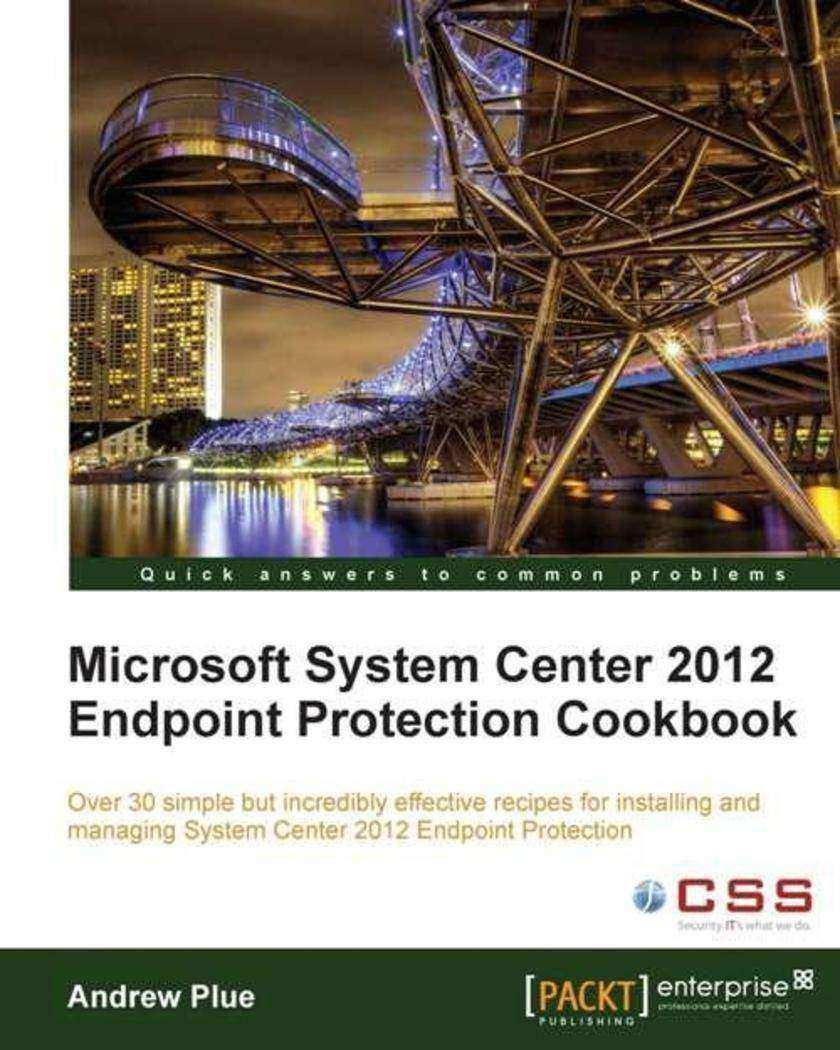
Microsoft System Center 2012 Endpoint Protection Cookbook
¥80.65
Microsoft System Center 2012 Endpoint Protection Cookbook is a highly practical cookbook for beginner-intermediate use to get you started with a variety of SCEP tasks, as well as providing a sneak peek at a full SCEP walkthrough to give you some real world context. If you are a System Administrator or Engineer using System Center 2012 EndPoint Protection, then Microsoft System Center 2012 Endpoint Protection Cookbook is for you. You should have a good background with Microsoft products in general, although no knowledge of EndPoint Protection is required.




 购物车
购物车 个人中心
个人中心



